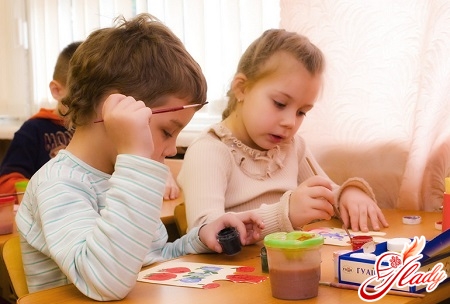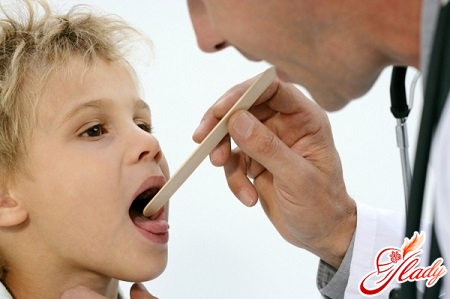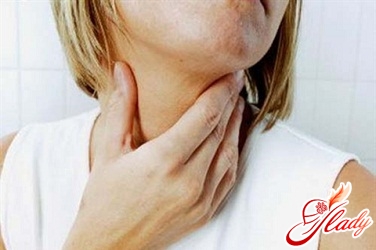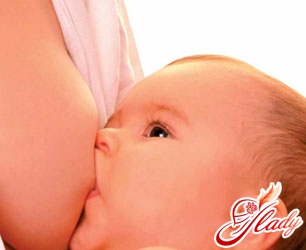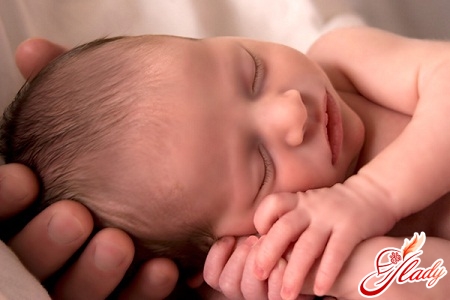 That newborn babies very oftenAlmost all mothers have heard of such an unpleasant disease as dacryocystitis. However, only a few can accurately answer the question of what dacryocystitis is. This article describes in detail what the essence of dacryocystitis in newborns is, its symptoms and treatment. During normal functioning of the eye, the production of tear fluid occurs continuously. Tears are necessary for wetting the eyeball, for creating a special antibacterial film that contains special antibodies that prevent infectious agents from penetrating the eyes. Under the upper eyelid, on the outside, is the lacrimal gland, which produces tear fluid. In the inner part of the eye, tear fluid accumulates, after which it flows into the lacrimal canals. There are two lacrimal canals - on the upper and lower sides of the eyelid. About 90% of all tear fluid flows through the lower canal.
That newborn babies very oftenAlmost all mothers have heard of such an unpleasant disease as dacryocystitis. However, only a few can accurately answer the question of what dacryocystitis is. This article describes in detail what the essence of dacryocystitis in newborns is, its symptoms and treatment. During normal functioning of the eye, the production of tear fluid occurs continuously. Tears are necessary for wetting the eyeball, for creating a special antibacterial film that contains special antibodies that prevent infectious agents from penetrating the eyes. Under the upper eyelid, on the outside, is the lacrimal gland, which produces tear fluid. In the inner part of the eye, tear fluid accumulates, after which it flows into the lacrimal canals. There are two lacrimal canals - on the upper and lower sides of the eyelid. About 90% of all tear fluid flows through the lower canal.
What happens with dacryocystitis?
In the event that the child suffers fromdacryocystitis of newborns, the following occurs. Normally, all lacrimal canals necessary for the outflow of lacrimal fluid are well passable. However, it often happens that particles of embryonic tissues remain in the lumen of these canals. These tissues interfere with the normal process of outflow of lacrimal fluid from the lacrimal sac. As a result, the tear in the eye begins to stagnate, which means that it stops performing its protective functions. As a result, pathogenic microorganisms penetrate the eye slit, and purulent inflammation begins. Dacryocystitis of newborns has the following symptoms:
Diagnosis and treatment of dacryocystitis
Most often, parents at the first signsdiseases begin to treat it at home: wash the eyes with tea or chamomile decoction, instill antibacterial eye drops. Such self-medication can alleviate the course of the disease or even completely eliminate the discharge of pus. However, immediately after the treatment is stopped, all the symptoms quickly return, often in an even more pronounced form. And this happens because the main cause of the disease - stagnation of tear fluid - has not been eliminated. Pathogenic microorganisms get into the baby's eyes again, and everything repeats itself again. In order to completely eliminate dacryocystitis in newborns, competent treatment by a pediatrician - an ophthalmologist is necessary. In some children suffering from dacryocystitis, the plug clogging the lacrimal canal dissolves on its own by about the 14th day of life. The inflammatory process disappears, leaving no negative consequences. However, unfortunately, this does not always happen. If the doctor has diagnosed the child with dacryocystitis of the newborn, treatment will include two main stages:
- Massage for newborn dacryocystitis
Massage of the lacrimal sac can give verynot bad result. As already mentioned, the lacrimal sac is located at the inner edge of the upper eyelid. Massage should be done after each feeding, except at night. An ophthalmologist should show you how to do this massage correctly. How well you can do the massage can be judged by the amount of purulent discharge. The more it is secreted, the more effective the massage. The younger the child, the more effective the massage. In no case should you ignore massage, as it is a fairly important stage in the treatment of dacryocystitis. Massage is aimed at increasing the patency of the lacrimal canal. Simultaneously with the massage, it is necessary to remove purulent discharge. Furacilin solution is best suited for this purpose. You can buy it ready-made or prepare it yourself by dissolving one furacilin tablet in a glass of warm boiled water. It is necessary to wipe both eyes, even if only one is affected. Separate sterile cotton swabs should be used for each eye. The eye should be wiped in the direction from the temple to the nose. After all the pus has been removed, an antibiotic solution should be dripped into the affected eye. Most often, doctors prescribe 0.25% chloramphenicol for this purpose. As a rule, improvement occurs after about two weeks of such treatment.
- Probing of lacrimal canals
In the same case, if the aboveconservative treatment does not bring the expected result, the ophthalmologist decides to wash the lacrimal canals. It is done as follows: under local anesthesia, the doctor inserts a special probe into the lacrimal canal, with the help of which the washing is carried out with an antiseptic solution. Such a procedure is guaranteed to lead to a complete cure of the child from dacryocystitis. Many parents are afraid of such a procedure, believing that it can harm the child. However, the child, as a rule, tolerates this procedure quite easily. Local anesthesia is enough to ensure that the child does not feel pain. After the procedure, antibacterial therapy is prescribed. The main condition for the successful treatment of dacryocystitis in newborns is strict adherence to all instructions and recommendations of the attending physician. And healthy eyes for your baby will be guaranteed! We advise you to read:




